Public health is the general health of all members of a community. The term also refers to a community’s efforts to prevent and cure illness and to otherwise maintain the health of its people.
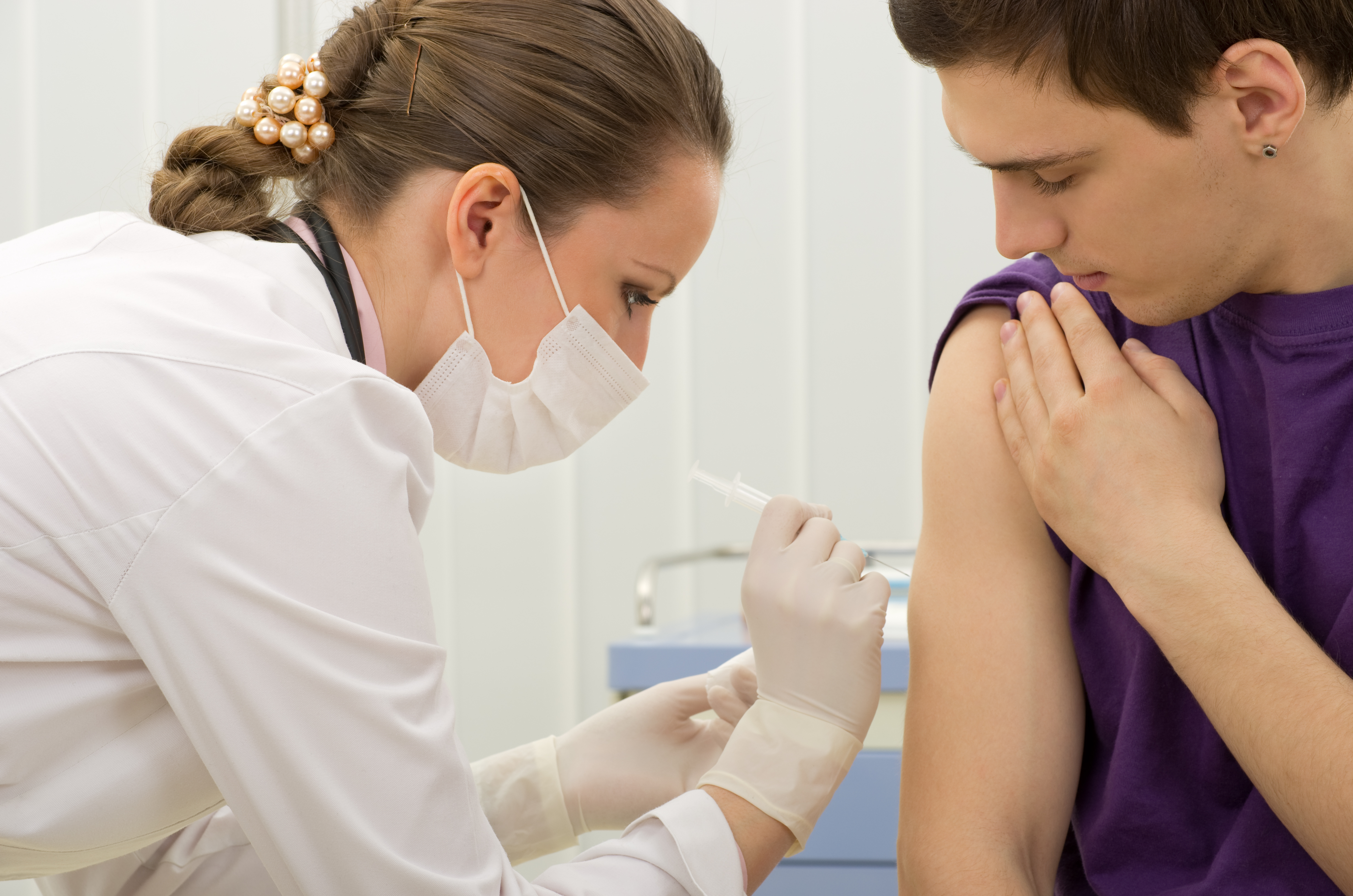
The governments of many nations have established public health agencies. These agencies vary in function from country to country, depending on the nation’s level of technological development and its specific health problems. In addition, international health organizations conduct research and work to solve public health problems throughout the world.
In the United States, agencies of the federal, state, and local governments take part in public health programs. The federal government supervises public health care through the agencies of the Public Health Service (PHS), which is part of the Department of Health and Human Services. All the state governments and many local governments have a department that administers public health work. Voluntary health agencies and private health foundations also contribute to the field of public health. This article discusses chiefly the work of state and local public health departments in the United States.

Functions of public health agencies
Public health agencies in the United States care for the medical needs of individuals and also provide health services for the general community. Most communities are served by their local health department. The Public Health Service mainly assists state and local health agencies. It conducts research, provides scientific information, and works to combat unsafe foods and drugs and contagious diseases.
The functions of state and local public health departments vary with the needs of the communities served. A typical state health department has various divisions, each of which handles a different aspect of health care. The principal functions of these divisions include (1) health planning, (2) providing preventive family or personal health care services, (3) ensuring environmental safety, (4) inspection and licensing, (5) collecting vital statistics, (6) furnishing support services for health workers, and (7) supplying disaster services.
Health planning.
A state health department figures out the proper use of services, personnel, and facilities in certain areas of the state. Such uses depend on the needs of communities in those areas. Officials determine these needs on the basis of such factors as infant and overall death rates and communicable disease rates. Communicable diseases can be spread from person to person, and many communicable diseases may lead to epidemics if they are not controlled.
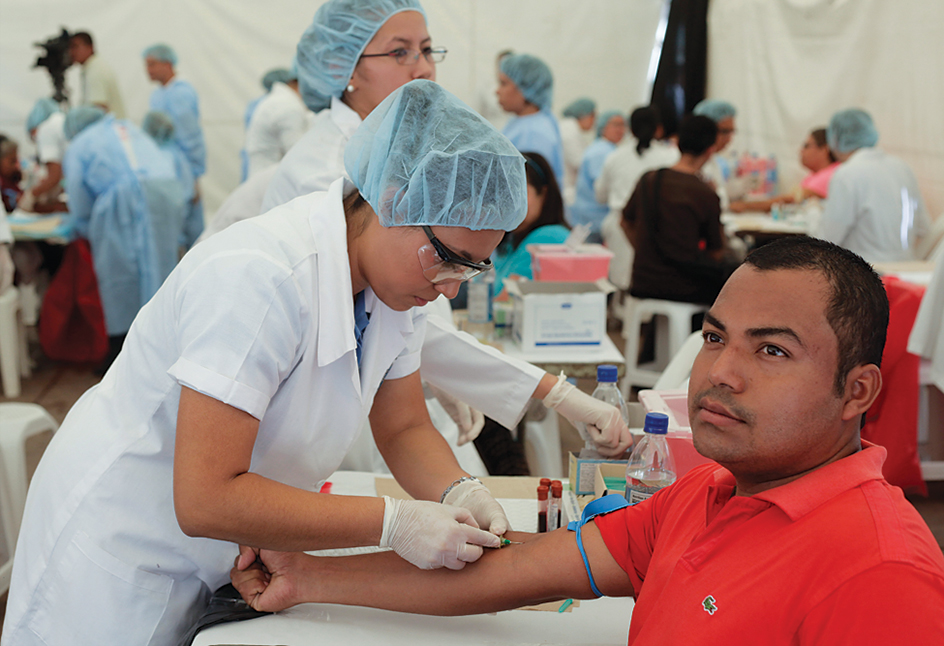
Providing preventive health care services
is a state responsibility for people with special health problems. These individuals include infants and children, pregnant women, and the poor. State health departments give them such preventive services as immunizations, programs that supply information about nutrition and general health care, and control of communicable and chronic (long-lasting) diseases.
A state may contract with local health officials or private agencies to deliver preventive health services. The state also may arrange for certain individuals to be served by health centers operated by the federal, state, or local government. Some of these centers aid people who have psychiatric problems or who abuse drugs.
Ensuring environmental safety.
State health departments have regulatory agencies that establish and enforce standards for housing, food quality, and control of environmental pollution. Some states combine all such agencies into one division, which may be called the Bureau of Environmental Hazards. This division also carries out rodent- and insect-control measures designed to prevent the spread of diseases carried by the pests.
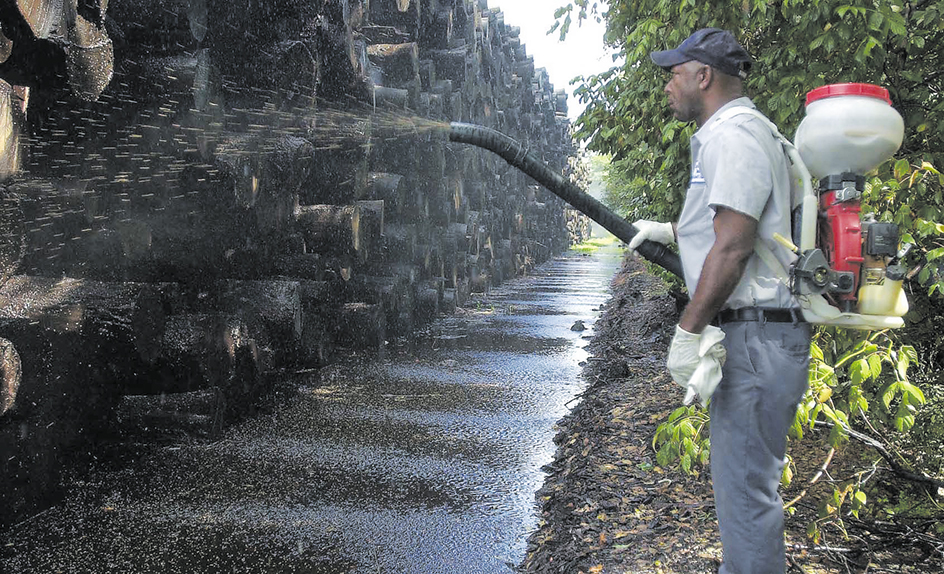
Inspection and licensing.
Public health departments enforce state and local ordinances that require inspection and licensing of health facilities to ensure proper care of patients. Such facilities include hospitals, clinics, nursing homes, and research laboratories. Health departments also regulate pharmacies.
Collecting vital statistics
involves gathering and storing records of such human events as births, marriages, divorces, and deaths. These records also cover certain causes of death, including accidents and diseases. Vital statistics tell health officials what has happened in a community regarding all these matters and what is likely to happen. See Vital statistics .
Furnishing support services for health workers.
Most state health departments maintain laboratories that help public health centers and private physicians detect communicable diseases. These laboratories work with the Centers for Disease Control and Prevention (CDC), an agency of the Public Health Service, in fighting the spread of disease. State health departments also support research programs and distribute health education materials to doctors and the public.
Supplying disaster services.
In many states, the public health department coordinates the services needed when natural disasters and other emergencies occur. Such calamities include floods, tornadoes, hurricanes, and major airplane or railroad accidents. In some cases, a state may receive help from the American Red Cross, the Federal Emergency Management Agency, or other organizations that specialize in disaster management.
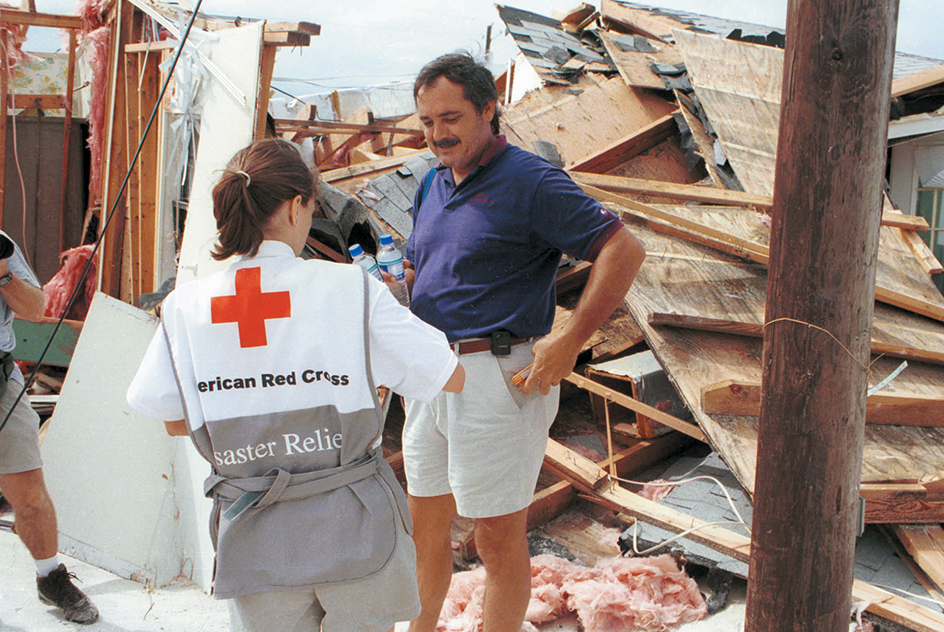
History
Public health became important when people began to gather in communities. Many ancient societies found ways to promote hygiene. All large cities in ancient Asia, Africa, Europe, and South America developed ways to remove waste and provide clean water. The most famous such measures were the aqueducts of ancient Rome.
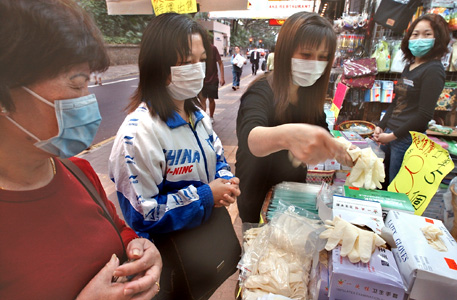
Another early public health measure was to separate sick people from healthy ones. For example, many communities kept people with leprosy in separate colonies or made them outcasts. The word quarantine comes from the Latin quadraginta, meaning 40. In Venice in the 1300’s, officials held a ship outside of port for 40 days if they suspected it carried infection among its passengers.
Inoculation against disease has been used to prevent the spread of illness since ancient times in China, India, and other places. People knew that a person who recovered from certain diseases, such as smallpox, developed lifelong immunity (resistance) to the disease. To provide this immunity, doctors sometimes exposed individuals to blood or dried wounds from a smallpox sore. The doctors hoped that the inoculation would cause only a mild illness and then provide immunity.
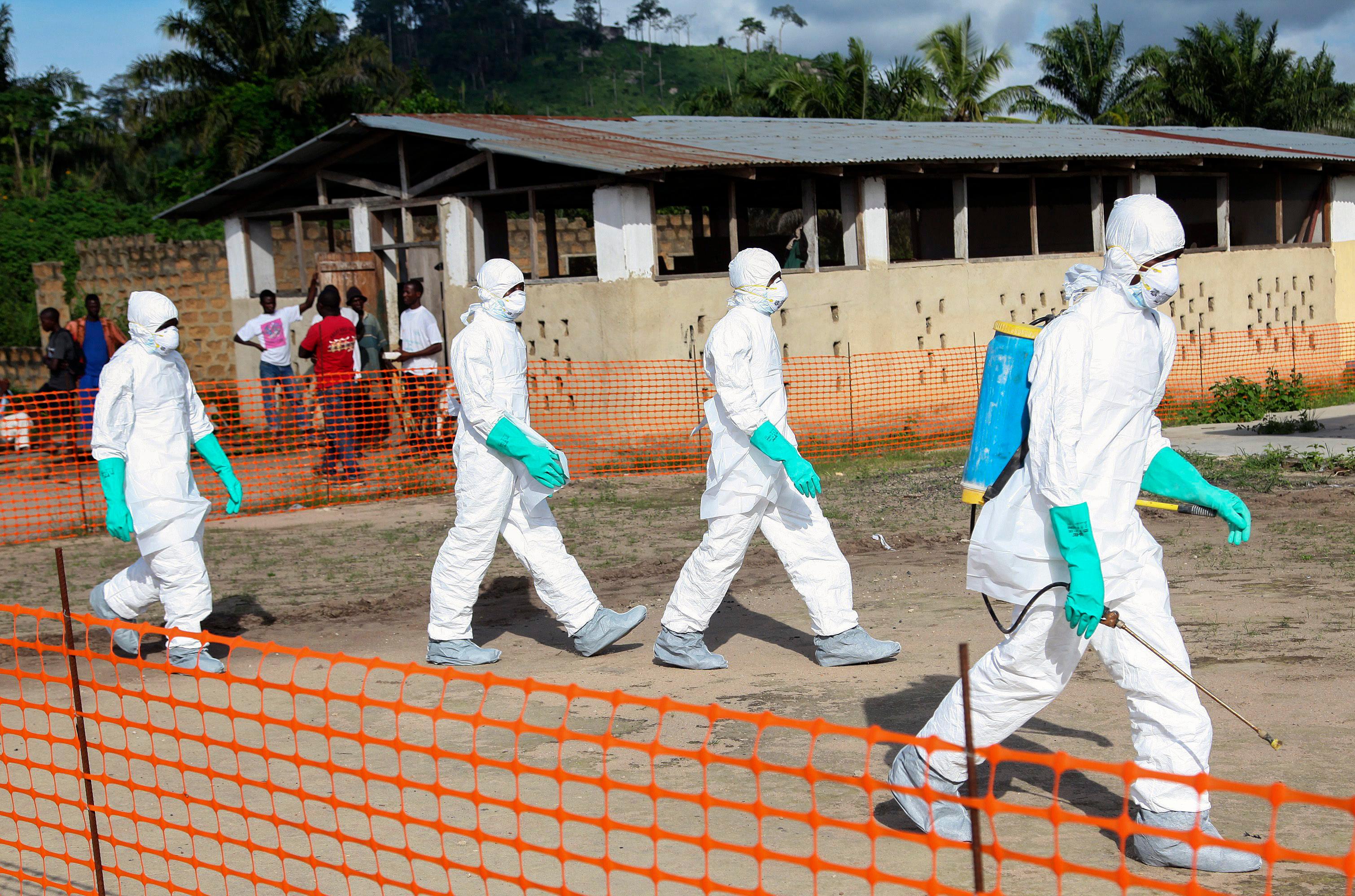
In the United States, the first efforts at public health occurred at the local or state level. Municipal and statewide public health services developed in the 1800’s, as cities and states employed sanitation and quarantine programs to fight epidemics of yellow fever and cholera. The American Public Health Association was founded in 1872, and Congress passed the first national quarantine law in 1878. In 1893, New York City established the first public health laboratory based on the new science of microbiology. Many states and cities then built similar laboratories to fight epidemics of such diseases as diphtheria, tuberculosis, dysentery, typhoid fever, and scarlet fever. In 1912, Congress gave the Public Health Service powers to investigate and fight human disease and to work to improve sanitation, water quality, and waste disposal.
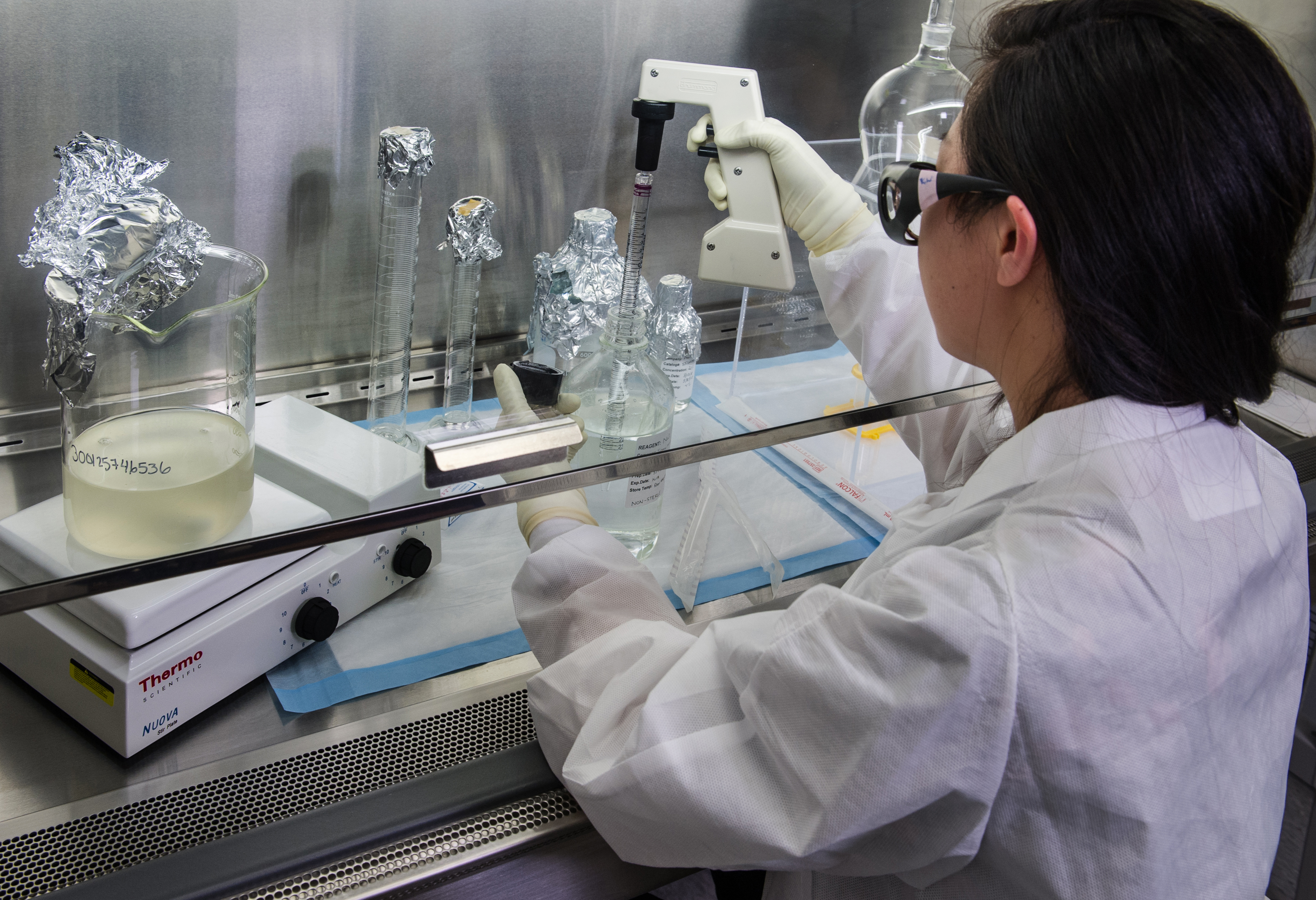
Careers
Public health offers a wide variety of career opportunities. People trained for administrative responsibilities or as medical professionals, such as physicians and nurses, hold about half the positions in this field.
Most public health work requires a master’s degree or higher. Such professionals as public health nurses and nutritionists must have a graduate degree in their specialties. Most people who work in environmental health have a master’s degree or higher from an engineering or technical school. Physicians hold many administrative positions in public health.
